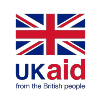“Apa, you know my hand was not that hard as you see now, the bumps grew up in my hand while working with scissors. It’s hard to cut the leather, you need to give pressure on your hand.” – a 17-year-old girl attending the 5-day long jewellery-making workshops.
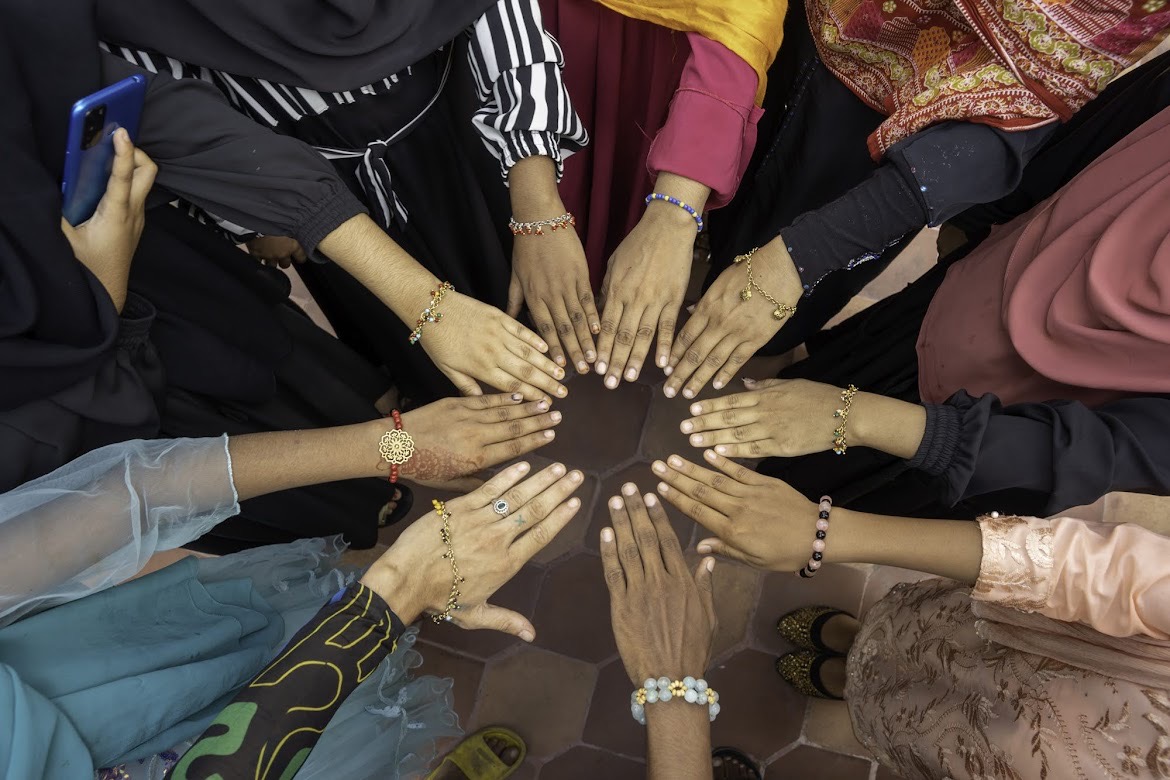
CLARISSA uses Participatory Action Research (PAR) Groups as a key pillar of its work. In one PAR Group, the idea of learning jewellery making and showcasing it in an exhibition in order to gain an understanding of entrepreneurship came about from the evidence the group found and their observations.
While formulating the action plan, children in the group were exploring options for safer and less hazardous economic activities, how the market works, and supply and demand, while challenging social norms about child labour. They also aimed to enhance financial management skills within their neighbourhood.
The group believed that by creating opportunities for children to do dignified and safer work, which involves less risk and provides alternative means to earning, a significant positive impact could be made in ending hazardous child labour. This, in turn, has the potential to generate significant income for them, contributing to their families’ well-being, as well as offering children dignity. Moreover, these improved working conditions would create a positive environment, allowing children to utilise their leisure time productively. So, the children planned and successfully completed a 5-day workshop on jewellery making facilitated by entrepreneur and designer Tahmina Khan Shaily from ‘Shoilee’.
During the training, they learnt to make different types of jewellery with different types of beads and threads. The jewellery workshop showcased the children’s creativity and potential. From the first day, they started making jewellery in their own experimental designs with beads and thread, and seeing the trainer finalise some designs, their inspiration increased greatly.
Anikul*, a male child expressed:
“I have never made jewellery before; I could not imagine that making jewellery could be so easy and so much fun. If you can’t work properly in the shoe factory, they abuse us a lot! But here, you are explaining everything so clearly and so patiently, even if I can’t do something properly.”
Within this short span of time, the children tried to learn as much as they could with lots of interest and passion. On the second day of the training, one child said “I thought it was only midday, but it has turned into afternoon now! I have to leave today, I have some unfinished design to complete tomorrow!”
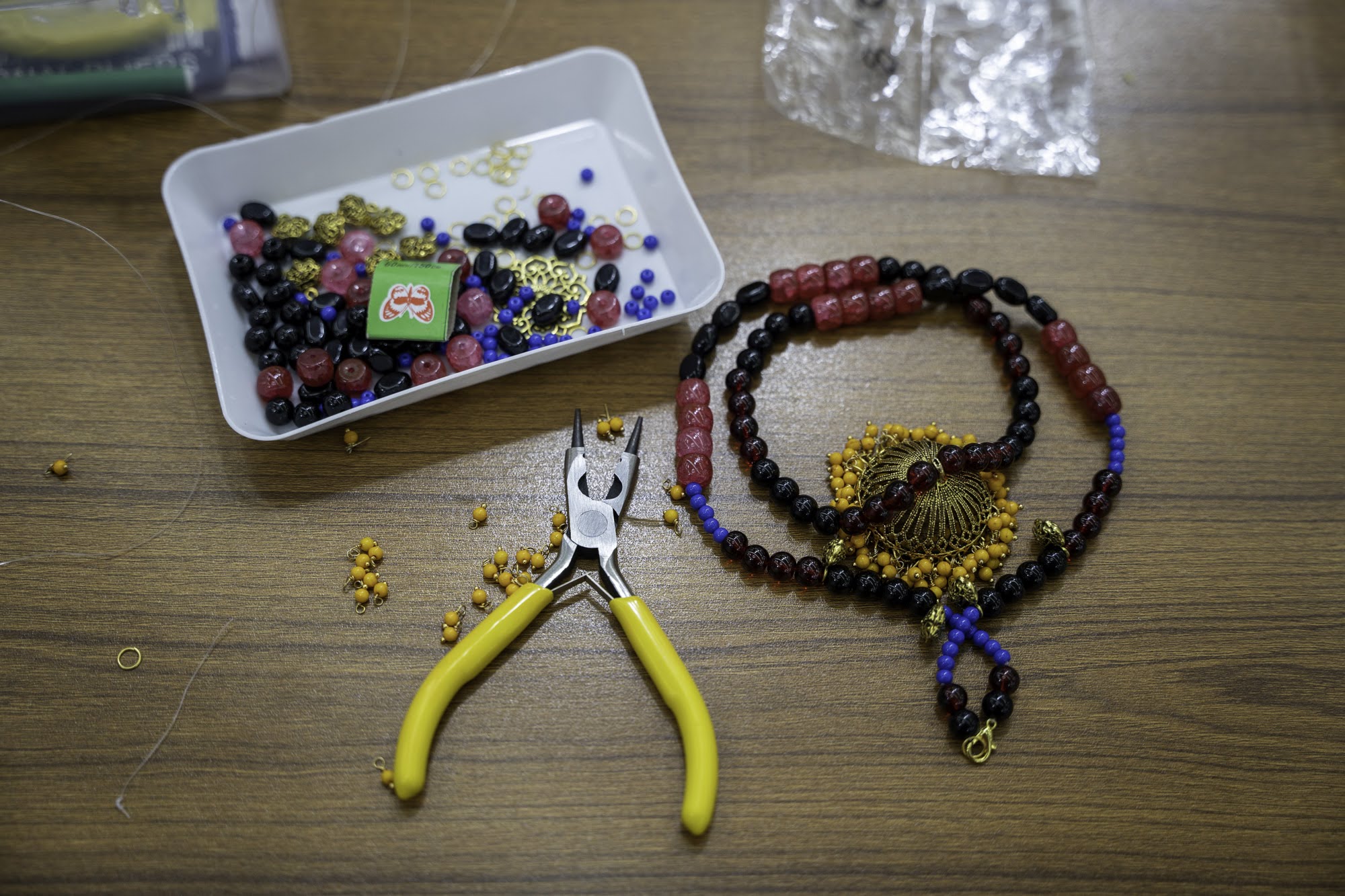
The training also helped to bring some of the quieter children in the group out of their shell. They were not even ready to waste time for lunch! Some children brought used materials from home to make their design unique!
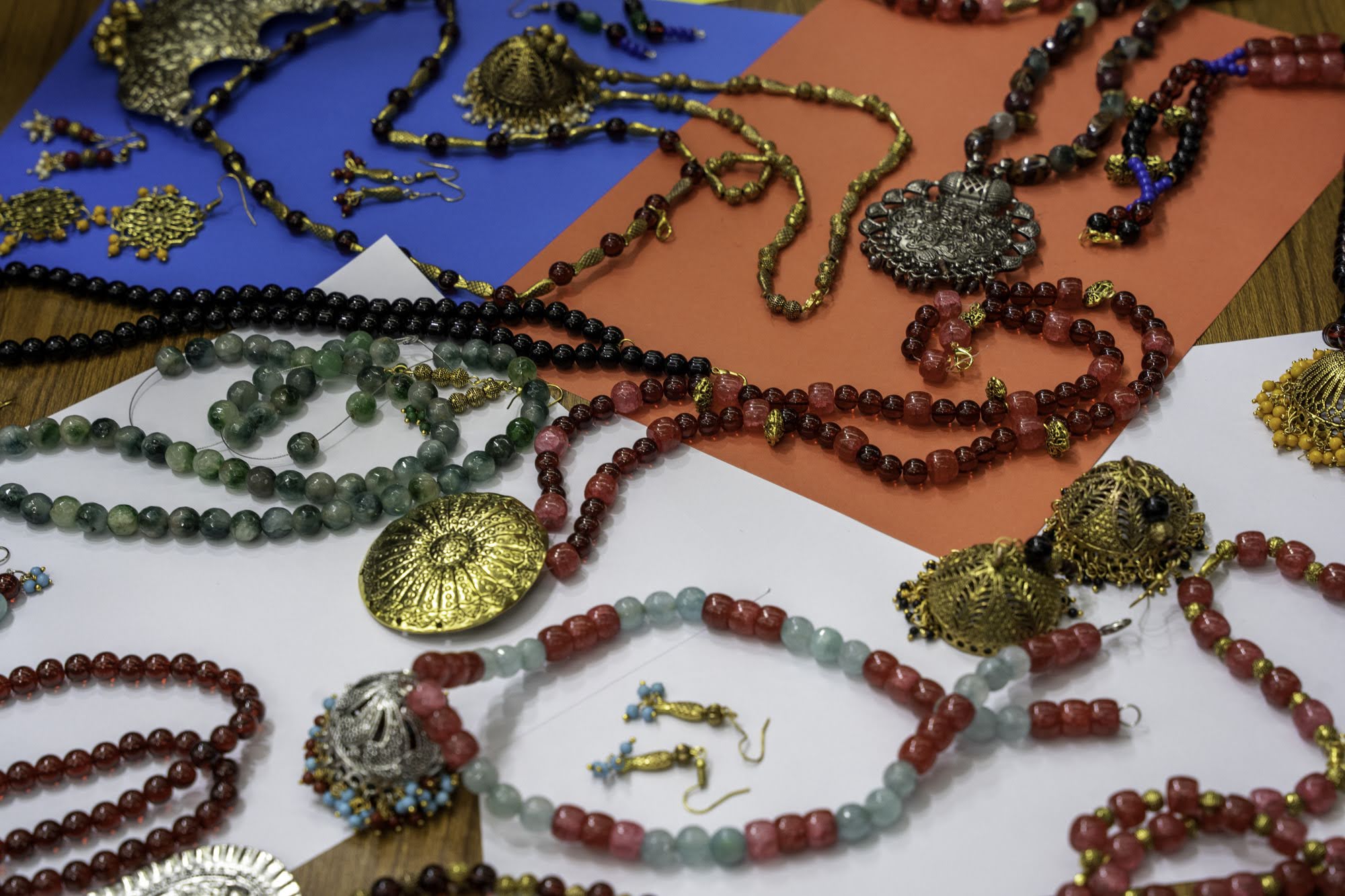
Children bonded and formed connections while doing the jewellery making together. Some of them reflected that this collaborative environment is different to how they work in the factory, where they are deprived of utilizing their potential, creativity, and skills.
As the workshop facilitator said:
“I thought the children would take time to learn, but they have learned so quickly! It’s an amazing experience for me. This made me realized that if you offer children some space and techniques then they will surprise you with their talents and creativity.”
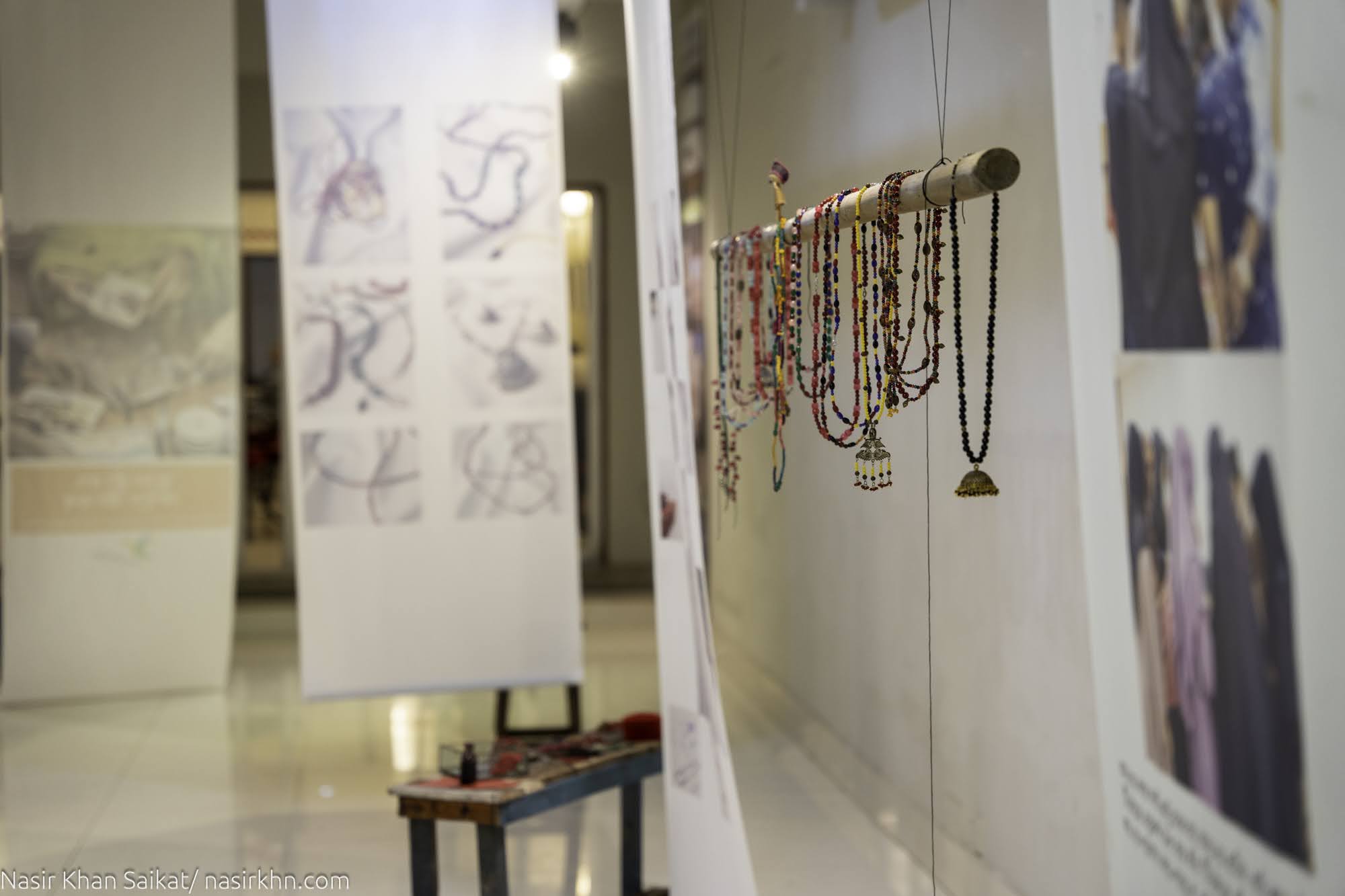
To draw the attention to the establishment of alternative income opportunities, the PAR groups with the support of the workshop facilitator titled the exhibition ‘Sutoy Buni Swapna, Anande Ganthi Mala’ (A celebration of dreams woven with threads of joy!) where they showcased the way of living of the Hazaribag community and reflected their dreams by displaying the jewelleries at Alliance Française de Dhaka. Eminent Professor Dr. Muhammad Zafar Iqbal opened the exhibition with an inspiring speech. Prominent designers, corporates, researchers, academics, development practitioners, and many young people who are enthusiastic about supporting children’s creative endeavours attended the exhibition.
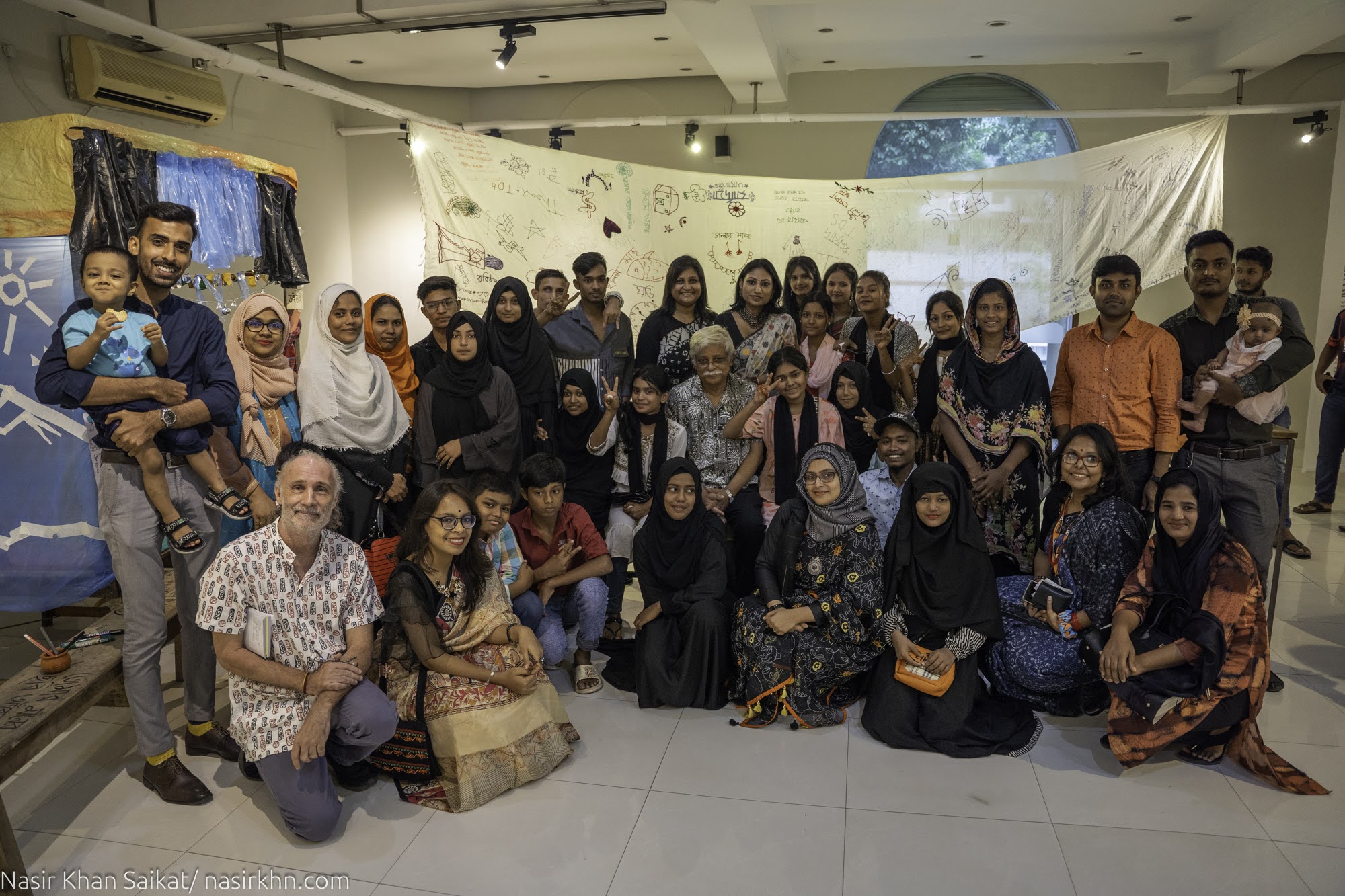
It was evident in the exhibition that by developing entrepreneurship and utilizing creative craft skills, children will be able to find an alternative source of income for themselves, which will help them gradually move out of hazardous and risky labour, as visitors appreciated their unique and innovative solutions.
Anikul* expressed his joy while giving his speech during the jewellery exhibition:
“From 8 am to 8 pm standing for a longer period and working in a machine is tough to deal with. I was in dilemma when my mother gave me only two options – either I had to look after my sibling at home or I might start working in a leather factory for contributing to my family. I chose to work, as it would be easier than taking care of the younger ones. But I have mixed feelings when I see other children attending school. While it makes me happy, it also hurts me most – seeing children of my age going to school, reading, and writing proficiently. I was admitted into the school but work pressure did not allow me to focus on studies. Now, I have started to see the hope to get back to school.”
The exhibition represents one of the positive outcomes of the group’s efforts to create safer and more dignified work opportunities for children currently involved in hazardous jobs within the leather sector.
